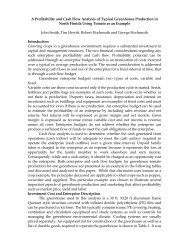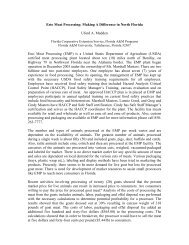Windbreak/Shelterbelt - Small Farms / Alternative Enterprises
Windbreak/Shelterbelt - Small Farms / Alternative Enterprises
Windbreak/Shelterbelt - Small Farms / Alternative Enterprises
Create successful ePaper yourself
Turn your PDF publications into a flip-book with our unique Google optimized e-Paper software.
<strong>Windbreak</strong>/<strong>Shelterbelt</strong>Conservation Practice Job Sheet 380Natural Resources Conservation Service (NRCS)April 1997Landowner__________________________________________________________________Definition<strong>Windbreak</strong>s or shelterbelts are plantings of single ormultiple rows of trees or shrubs that are establishedfor environmental purposes. The height of the tallestrow and overall density of foliage and branches of anindividual planting greatly influence the size of thenearby area that is protected or sheltered.Purpose<strong>Windbreak</strong>s or shelterbelts are generally establishedto protect or shelter nearby leeward areas fromtroublesome winds. Such plantings are used to reducewind erosion, protect growing plants (crops and forage),manage snow, and improve irrigation efficiency.<strong>Windbreak</strong>s also protect structures and livestock,provide wildlife habitat, improve aesthetics, and providetree or shrub products. Also, when used as a livingscreen, windbreaks control views and lessen noise.Where used<strong>Windbreak</strong>s are “environmental buffers” that areplanted in a variety of settings, such as on cropland,pasture, and rangeland (sometimes referred to as“living barns”), along roads, farmsteads, feedlots, andin urban areas.Conservation management system<strong>Windbreak</strong>s and shelterbelts are normally establishedconcurrently with other practices as part of aconservation management system. For example,proper crop rotations and tillage techniques andmanagement of residue in fields (conservation croprotation and residue management) work withwindbreaks to control wind erosion.
<strong>Windbreak</strong>/<strong>Shelterbelt</strong> – Job SketchIf needed, an aerial view or a side view of the windbreak/shelterbelt shown below. Other relevant information, such as complementary practicesand adjacent field or tract conditions including structures and crop types, and additional specifications may be included.Scale 1"=________ ft. (NA indicates sketch not to scale: grid size=1/2" by 1/2")Additional Specifications and Notes:The United States Department of Agriculture (USDA) prohibits discrimination in its programs on the basis of race, color, national origin, sex, religion,age, disability, political beliefs and marital or familial status. (Not all prohibited bases apply to all programs.) Persons with disabilities who requirealternative means for communication program information (Braille, large print, audiotape, etc.) should contact the USDA Office of Communications(202) 720-2791.To file a complaint, write the Secretary of Agriculture, U.S. Department of Agriculture, Washington, D.C., 20250, or call 1-800-245-6340 (voice) or(202) 720-1127 (TDD). USDA is an equal opportunity employer.


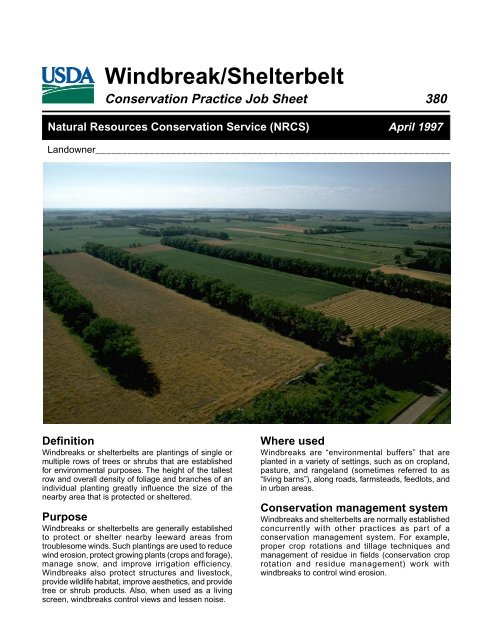
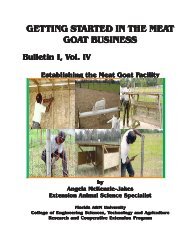
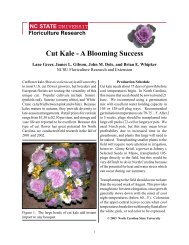

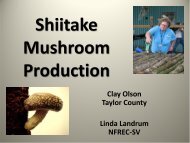
![[PDF] Small Farm Digest Fall 2007 - National Institute of Food and ...](https://img.yumpu.com/52370664/1/190x245/pdf-small-farm-digest-fall-2007-national-institute-of-food-and-.jpg?quality=85)

